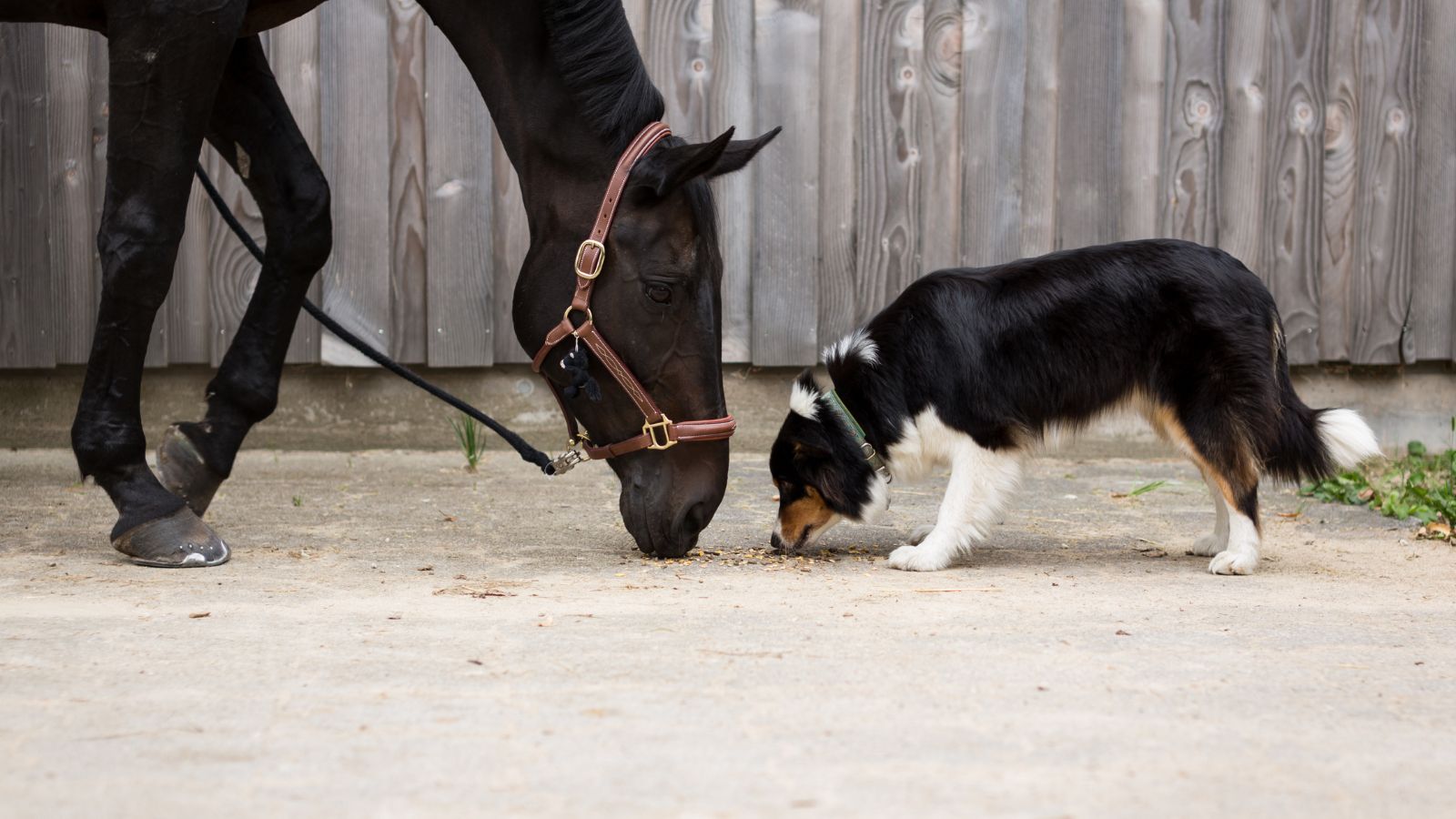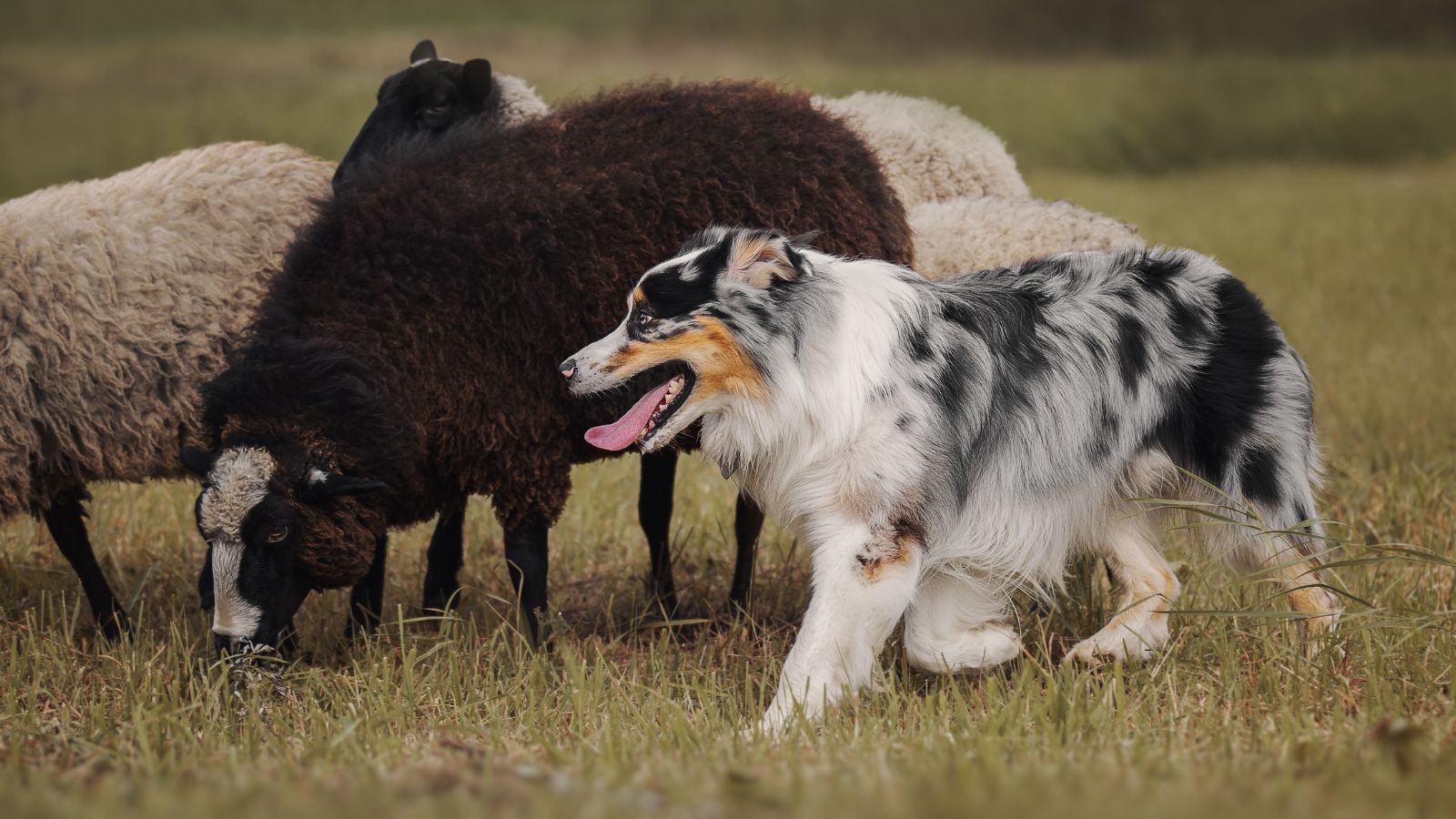Imagine a world where the safety of your livestock isn’t a constant worry. Where you can rest easy knowing there’s a loyal, vigilant protector on duty. Enter the realm of livestock dog breeds. These canine heroes are specially bred and trained to guard, herd, and protect farm animals, proving themselves invaluable to farmers worldwide.
From the courageous Great Pyrenees, keeping watch over flocks even in the harshest weather, to the agile Border Collie, herding sheep with precision, livestock dogs are a diverse group. They’re not just workers, but companions, each breed with its unique traits and abilities.
 Livestock Dog Breeds
Livestock Dog Breeds
The journey through the world of livestock dog breeds carries forward, from their diverse abilities to their impactful roles on the farm. In this section, a detailed examination of the characteristics, temperament, roles, and responsibilities of these breeds unfolds.
Characteristics and Temperament
Livestock dog breeds boast unique physical attributes and distinct temperament traits. Notably, they have a tendency to be large and sturdy, akin to the Great Pyrenees. Their size contributes to their guarding roles, intimidating potential predators from approaching the herd. Equally important are their thick coats that offer protection in varying weather conditions.
Temperament-wise, livestock dogs display an innate sense of protectiveness and duty. For instance, the Border Collie showcases incredible intelligence and tenacity. Selected for their mental agility and perseverance, they parade a strong impulse to herd. Consequently, livestock dogs are marked by their soft demeanour towards the flock but also exhibit a commanding authority when needed.
 Popular Livestock Dog Breeds
Popular Livestock Dog Breeds
Among the vast variety of dog breeds worldwide, some excel in the agriculture sector. They show unrivalled dedication to safeguarding livestock and assisting farmers in their daily tasks. Three such notable breeds include the Great Pyrenees, Anatolian Shepherd, and Maremma Sheepdog.
Great Pyrenees
The Great Pyrenees, often recognized for its gentle disposition and impressive size, serves to protect livestock. Offering an impressive blend of courage and loyalty, this breed thrives in challenging conditions offered by working farms. Despite their intimidating size, they demonstrate a remarkable kindness towards the animals they guard, epitomising their role as protective guardians. Their dense, white coat, a trademark characteristic, efficiently shields them from harsh weather conditions, accentuating their adaptability.
Anatolian Shepherd
Displaying unflinching courage and intelligence, the Anatolian Shepherd proves to be an invaluable asset on the farm. Its origins trace back to Turkey, where it was bred for ruggedness in an effort to guard livestock in an unforgiving environment. It brings in a calm demeanour, standing tall against potential predators. The adaptable nature of the Anatolian Shepherd allows it to adjust to different climatic conditions, a trait that bolsters its effectiveness in livestock protection roles.
 Training and Caring for Livestock Dogs
Training and Caring for Livestock Dogs
Knowing the proper training methods and regular upkeep for livestock dogs, including breeds like the Great Pyrenees, Anatolian Shepherd, and Maremma Sheepdog, enhances their performance and longevity.
Training Tips
Training livestock dogs requires a dedication to consistency and positive reinforcement. Start with basic commands and gradually introduce advanced orders that are specific to farming environments. During training, socialisation forms an integral part, ensuring that the dogs behave appropriately around a diverse range of animals. When teaching commands like ‘stay,’ ‘come,’ or ‘leave,’ one must use rewards, providing dog treats or verbal praise for correctly executing the command.
- For instance, Border Collies, known for their herding prowess, benefit from redirecting their natural instincts into useful commands. This process involves guiding their chase instinct to encircle the herd instead of chasing individual animals.
- The Great Pyrenees, with their protective nature, may require habituation strategies. You’ll expose the dog gradually to livestock until they become comfortable and protective of them.
Preventive measures toward common health issues play a crucial role in the breed’s maintenance. This strategy means regularly checking for worms, keeping vaccinations current, and routinely inspecting the coat and paws for ticks or other pests.